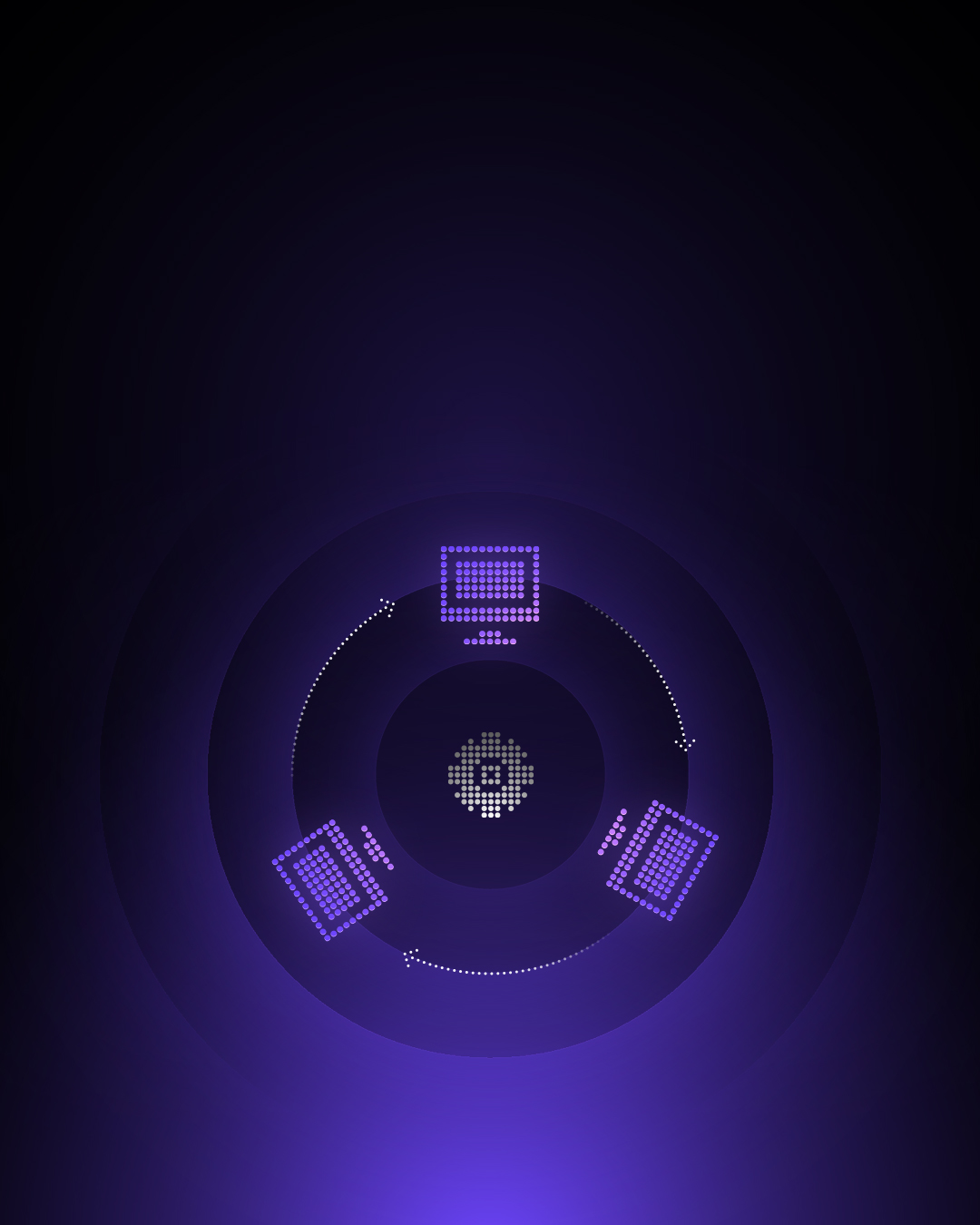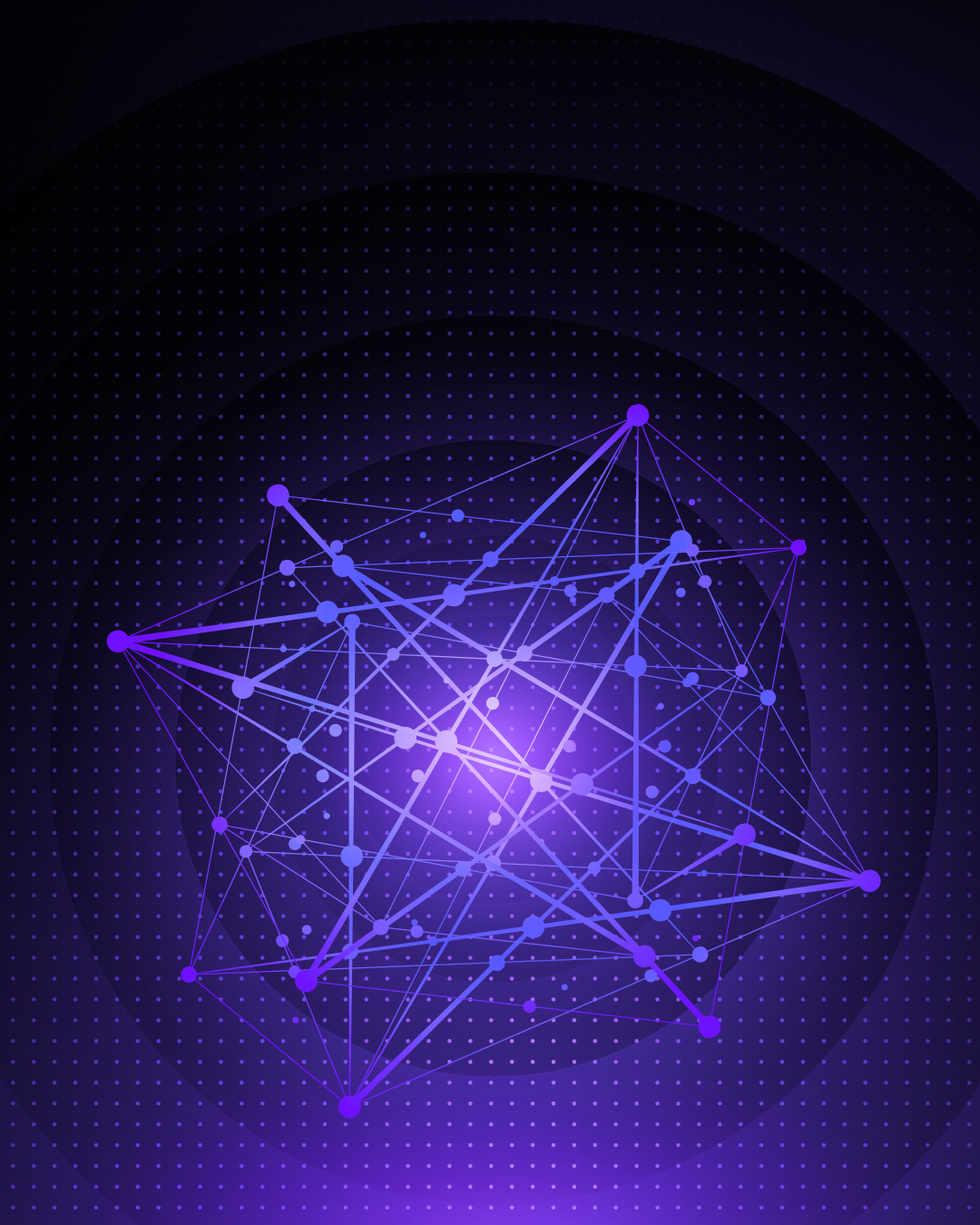
The biggest roadblock to mainstream crypto adoption? Privacy.
Transparency, though decentralization’s backbone, limits key applications such as payments, institutional adoption, and handling sensitive data.
Privacy is the missing piece, but early blockchain privacy solutions, known as Privacy 1.0, were limited to simple, single-user use cases such as private transactions. However, these solutions lacked broader functionality, making them impractical for important Web3 use cases.
Privacy 2.0 represents the next evolution: general-purpose privacy for a broad spectrum of use cases. It’s like a flexible system where nearly any person, business, and use case can be implemented while everything remains fully private.
This is a breakthrough for Web3 as a whole, and below, we’ll provide a simplified overview for anyone to follow along.
Specifically, we’ll cover:
- Why Privacy 2.0 is the next big Web3 wave
- How Privacy 2.0 works
- Arcium’s solution as the best implementation
- How to benefit as a user
The Privacy Evolution
In the beginning, privacy in crypto was basic. You could hide your transactions, but that was about it. To enable this, privacy coins existed, but these were greatly limited in terms of use cases.
First, there was Privacy 1.0: with built-in privacy but very flexible limited in application scope
Think of early, well-known privacy projects like Monero or Zcash, which only allowed for private transactions, where specific currencies can be sent to a specific party on a specific network. This meant limited functionality and interoperability.
Next was Privacy 1.5, which introduced smart contracts on privacy-focused blockchains such as Aztec and Aleo. This was a great advancement as it enabled private interactions on individual networks, but their adoption remained siloed while public blockchains (e.g., Solana) still suffered from transparency.
At the same time, privacy solutions were built on top of existing networks, such as Tornado Cash on Ethereum or Railgun, enabling broader privacy through shielded pools.
Fast forward to the current Privacy 2.0, which introduces widescale privacy for Web2 and Web3. Privacy 2.0 ensures that computations and applications built on the blockchain can keep their data encrypted while different users can interact with each other as well as applications.

This is a complete game changer as it allows for an unprecedented number of use cases, including:
- DeFi: Traders can place orders and execute transactions in dark pools where strategies remain hidden, ensuring privacy while interacting with others.
- AI and Machine Learning: AI companies can train models on sensitive data like health records without exposing private information.
- Healthcare: Researchers can collaborate on medical data from different hospitals to develop treatments or cures while maintaining patient confidentiality.
- Gaming: Online multiplayer games can ensure fair play by keeping strategies or player data private, allowing players to compete without revealing their moves.
Others include supply chain management, private smart contracts, private data marketplaces, and much more.
The key enabler of this is moving to shared private state, which simply means multiple users or apps can work with encrypted data without exposing it. This differs from just private state, where only one user at a time can interact.
We’ll explain this next.
Private State vs. Shared Private State
Before Privacy 2.0’s shared private state, there was Privacy 1.0’s private state.
To understand the difference, think of private state as data that only you know or have access to. To collaborate with others, you have to reveal the data’s contents, which compromises its privacy.
For example, early Web3 privacy projects allowed private transactions. However, these solutions were mostly designed for single-user privacy. If multiple people needed to interact with the data, like in DeFi, the data would have to be unlocked, revealing private information and limiting its functionality.
In contrast, shared private state is like multiple banks collaborating on their customer data without ever revealing the sensitive information to one another. Imagine that each bank has an encrypted version of its client data, but instead of opening up the vaults and exposing everything, they can securely compute or collaborate on specific tasks (like analyzing industry trends or detecting fraud) while keeping the data encrypted. The banks, therefore, can work together without disclosing their sensitive data to anyone else.
This is the essence of Privacy 2.0: shared private state allows multiple parties to collaborate and compute on their encrypted data securely, while maintaining the confidentiality of each party’s private information. The data can be used for tasks like private AI training, institutional collaboration, or even confidential DeFi interactions, all while keeping individual contributions hidden. If you want deeper overiew, read a more technical overview here.
Meanwhile, everything remains on a blockchain, yet confidential.
This is the essence of Privacy 2.0: data can remain private and secure, even when multiple parties are using it.

Why is Privacy 2.0 Important?
To understand why Privacy 2.0 is important, let’s go back to our bank analogy.
In Privacy 1.0, each bank has its own customer data, which it keeps private. However, if they want to interact with other banks, credit agencies, or institutions, they must expose the data, which compromises the privacy of their customers. For example, if two banks wanted to collaborate on detecting fraud, they would need to share sensitive customer information, revealing private transaction history or account details. This makes privacy useful for individual accounts but limits collaboration and broader use cases across industries.
Privacy 2.0 changes this by allowing multiple banks to collaborate on shared data without exposing sensitive information. Instead of opening up their vaults and revealing customer details, banks can securely compute and exchange insights on encrypted data. This enables them to collaborate on fraud detection, credit scoring, and other use cases, all while keeping individual customer data private.
Similarly, users can now securely interact with Web3 applications, execute smart contracts, and participate in DeFi without revealing their holdings or transaction history. Privacy 2.0 makes it possible to work together while maintaining confidentiality at scale.
This enables full Web3 interoperability while preserving privacy, making it possible for businesses, institutions, and individuals to collaborate securely on-chain without sacrificing confidentiality.
How Does Privacy 2.0 Work?
Here’s where it gets cool: one of Privacy 2.0’s main enablers is known as multi-party computation (MPC), which is Arcium’s area of expertise.
MPC differs from two other approaches to Privacy 2.0, both of which are viable but come with their own trade-offs:
- FHE (Fully Homomorphic Encryption): FHE lets you perform operations on data while it’s encrypted. Imagine trying to count the money inside a bank without opening it: you can still do the math, but the money remains locked inside. However, this is quite advanced and, therefore, very slow and expensive to do.
- TEEs (Trusted Execution Environments): TEEs are like a special, secure room where computations can occur. It’s like taking a client’s data into a private room to do computations, where only authorized actions can be performed. However, these vaults have been broken into before, making them vulnerable to certain attacks.
In contrast, MPC is like a super-secret group of people who each hold a piece of the encrypted data. We provide a simplified overview of this in our MPC ELI5 piece.
They can all work together on any type of computation, but no one can see the whole picture at once. For example, if a group of traders is using a dark pool, they might be placing orders in secret, but using MPC, they can still match those orders and make trades without revealing the details to anyone until the trade is complete and the final outcome is recorded.
It turns out that MPC is a powerful encryption technology as it’s fast, flexible, and secure.
It’s like taking the bank analogy and applying this to any other problem imaginable where private data can be used to its full extent without being exposed.
Arcium’s Implementation of Privacy 2.0
We’ve previously discussed how Arcium leverages Multi-Party Computation (MPC) for privacy, enabling multiple parties to collaborate securely on computations.
To understand Arcium better, think of it as a sophisticated, encrypted supercomputer. Each node acts like a processor in a conventional computing stack, and together they form a unified, privacy-preserving network with immense scalability and power.
Arcium can also be compared to a high-tech manufacturing facility dedicated to private data processing. This is where the encrypted supercomputer comes to life. You can check out the full Arcium ELI5 article here.
In this “factory,” various components work in harmony, including terms like Arcis, MXEs, and arxOS (Arx Nodes + Clusters). Let’s break these down with a simple analogy:
Arcis is the framework used to define the blueprint for our process: the "secret recipe" of computation. arxOS is Arcium’s execution engine, where Arx Nodes are the individual computers, much like specialized workers on the assembly line. These workers (“Nodes”) collaborate to execute “MXEs” (Multiparty Execution Environments), each handling a specific part of the overall task without ever seeing the full formula. This entire production process takes place in secure warehouses called Clusters.
Here’s how this works:
- The Secret Recipe (Computation Definition with Arcis): This is the blueprint for the entire computation. It defines the inputs, processes, and expected outputs, ensuring that the team follows the correct procedure.
- Process Specialists (Arx Nodes): These are individual workers who handle specific steps in the process, like extracting ingredients, refining materials, or preparing other necessary components.
- The Department (MXE): Think of the department as the area in the factory where the actual assembly takes place. The MXE represents the environment where the computations are securely and privately executed.
- The Warehouse (Cluster): The warehouse is the physical space in which many Arx Nodes work together, each contributing a piece of the process. Each node (worker) only sees part of the data and never the whole, preserving confidentiality during the operation.
- The Final Product (Computation Result): A bottle of Coca-Cola enjoyed by millions, but no employee or supplier outside the core company knows exactly how it was made.
The businesses, developers, or consumers who receive and utilize this final computation are the Computation Customers.
In real-world applications, these could be AI projects, DeFi systems, or other industries looking to run computations securely without exposing sensitive data.
Privacy 2.0: What’s Ahead?
Privacy is the next major thing in crypto, but most privacy solutions have limited use cases and use outdated technologies. Arcium provides robust privacy infra for nearly any use case and is exceptionally easy to integrate.
The private testnet has been live so far, but with the public testnet launching on April 30th, new features will be rolled out progressively, each one adding more functionality and expanding privacy capabilities. Public testnet will be rolled out in phases, providing a deeper experience for developers and users. The testnet's phased approach will allow you to test out privacy-powered applications and, eventually, run nodes to fuel encrypted computations.
This public testnet will enable third-party contributors and node operators to become an integral part of Arcium’s decentralized ecosystem. To get a better understanding of what to expect from the public testnet, check out Arcium’s Public Testnet Launch Guide.
To get started, visit Arcium.com and learn more about how Privacy 2.0 will accelerate adoption.
.svg)










.svg)




.svg)
























.jpg)





.jpg)

